Your cart is currently empty!
The Dragon Lady is actually a Snake

While most of us associate the Chinese dragon with men, the idea of a Dragon Lady was very popular in the West in the 30s. To the West, Asian women were dangerous, domineering, mysterious but sexually alluring at the same time, and countless films and pop culture references played on that stereotypical idea of an Asian woman. To be fair, the women of the West weren’t spared of the femme fatale stereotype either so I think it is fundamentally a female objectification issue, and in the context of America at the turn of the last century, it was complicated by racism.
The Original Chinese Dragon Lady
But the Western men were not alone in their vile objectification of women, or Chinese women. The Chinese men, too, had lots of tales of female spirits who “tempted” men and filled them with lusts. The most poignant one, personally, was the case of the Investiture of the Gods, a 16th century Chinese novel.
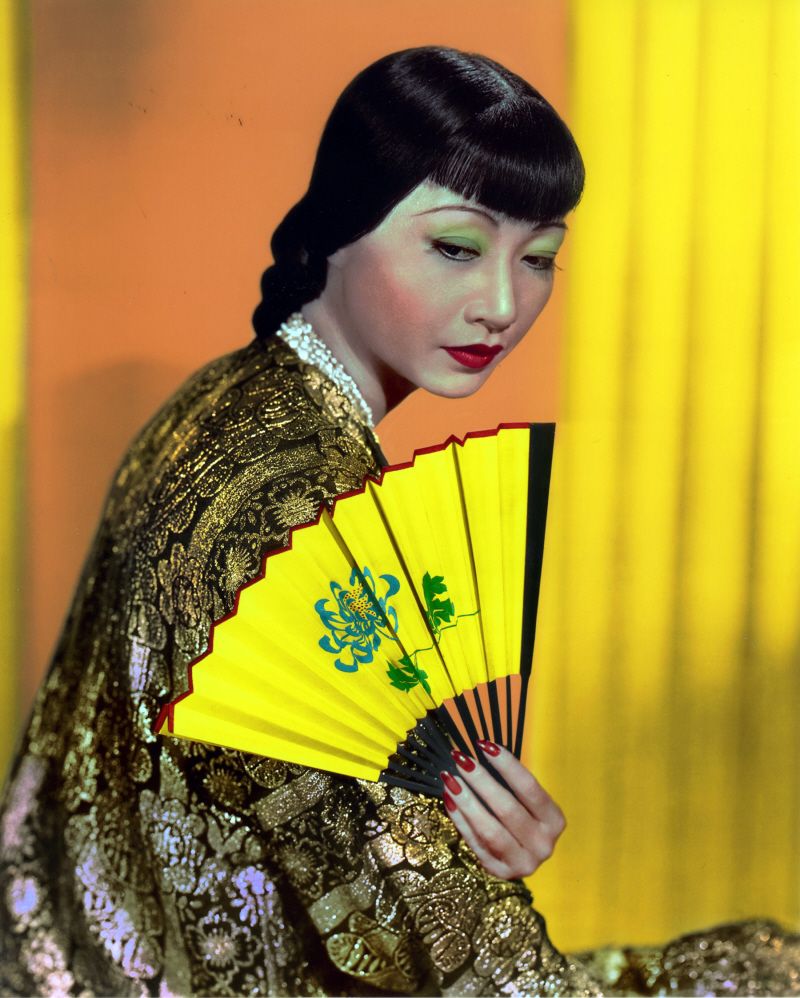
In it, the creator of mankind, a goddess called Nüwa, was the main culprit of the downfall of the Shang dynasty (an ancient empire some 3,000 years ago). The story goes that the last king of Shang dynasty saw her sculpture at the temple, and was sexually attracted to her. He wrote poems expressing his lust and spoke of marrying the goddess. Upset by his blasphemy, the goddess brought down 3 nymphs (spirits disguised as beautiful women) to seduce him, causing him to neglect his nation and became cruel to his people and eventually the downfall of his empire.
Sounds about right for the idea of a “Dragon Lady” huh?
Except that this was a very problematic portrayal by the then extremely patriarchal Chinese society, of the goddess of creation who was an important female figure when Chinese society was still matriarchal.
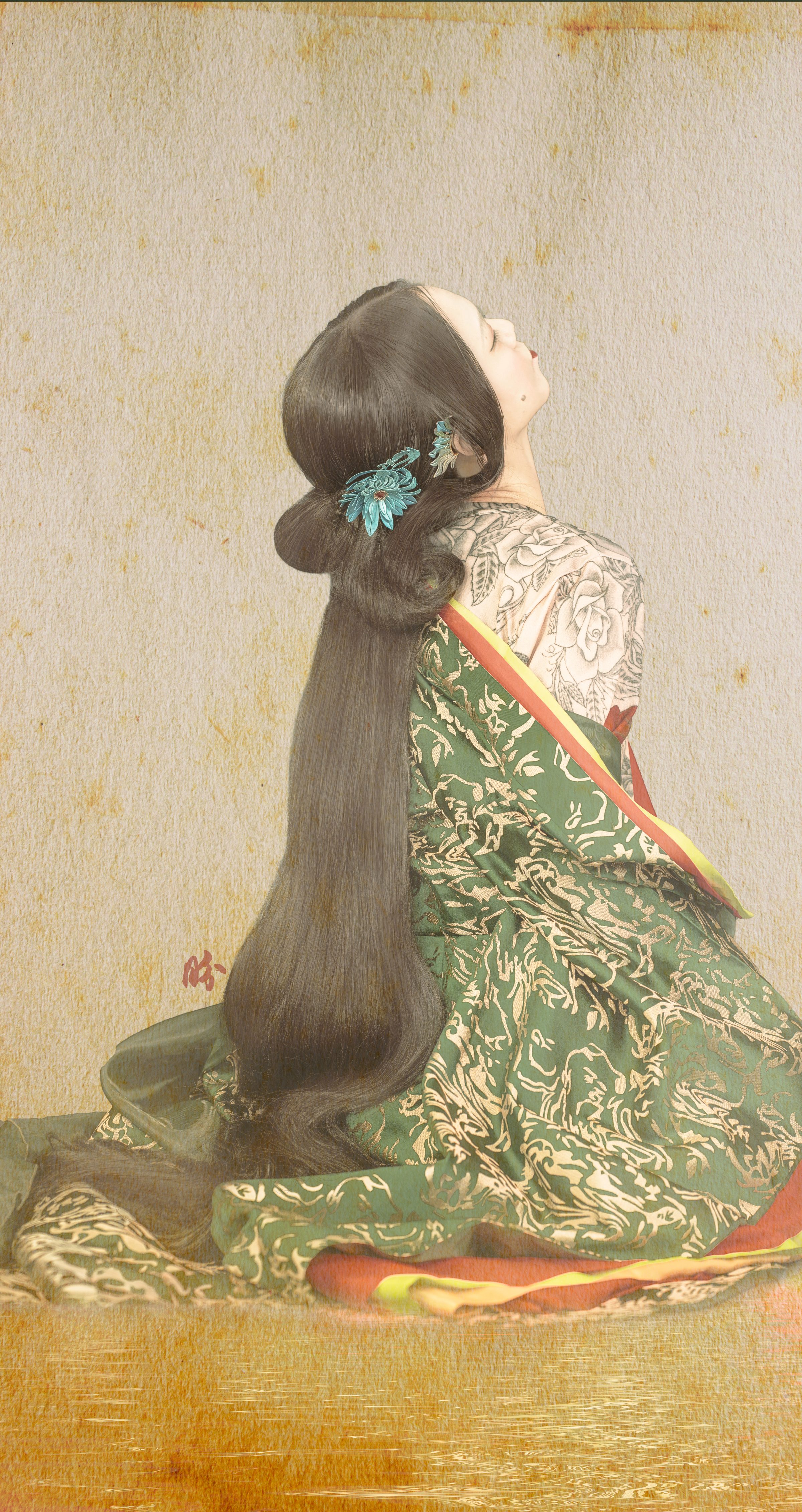
The Chinese society (like many others) started as a matriarchal one which meant that kids would only know who their mothers were, and not their fathers. Thus Nüwa exemplified that far ancient part of Chinese when women ruled together as a community. It was only when the Chinese society slowly transited into a patriarchal one that a male creator Fuxi came into existence and they both came to be known as the creators of mankind.
In fact, Nüwa had a different name back then, it was Nüxi or Xihe (Xihe was also known as the Guardian of Sun and Moon way back, and she eventually was split into The Mother of 10 Suns and Chang-E The Goddess of Moon. I did a reinterpretation of her in my Sailormoon Series). She was said to have created mankind from the soil due to her extreme boredom of being alone on earth, which is a further evidence that there was no male figure at the very start. Also, it was believed that primitive societies did not associate sex with birth-giving, so they did not think that men were necessary in the birth of a child, while women could give birth to both genders.

The Lady is a Snake
Interestingly, like the story of Adam and Eve, snakes were involved in this creation myth. And like many civilisations such as the pre-Classical Greek, snakes were often associated with the female goddess/creators. Fun fact: China formed a matriarchal society some 40,000-50,000 years ago and Greek slightly later, and China transited into patriarchal some 3,000 years earlier than the Greeks. During my research I came across this book in which the author said there is no culture where paternity was ignored in prehistoric times, I think she didn’t study Chinese texts because there were many mentions when paternity was ignored including the birth of the ancient ruler of Shang dynasty being a result of his mom swallowing the egg of a black bird.

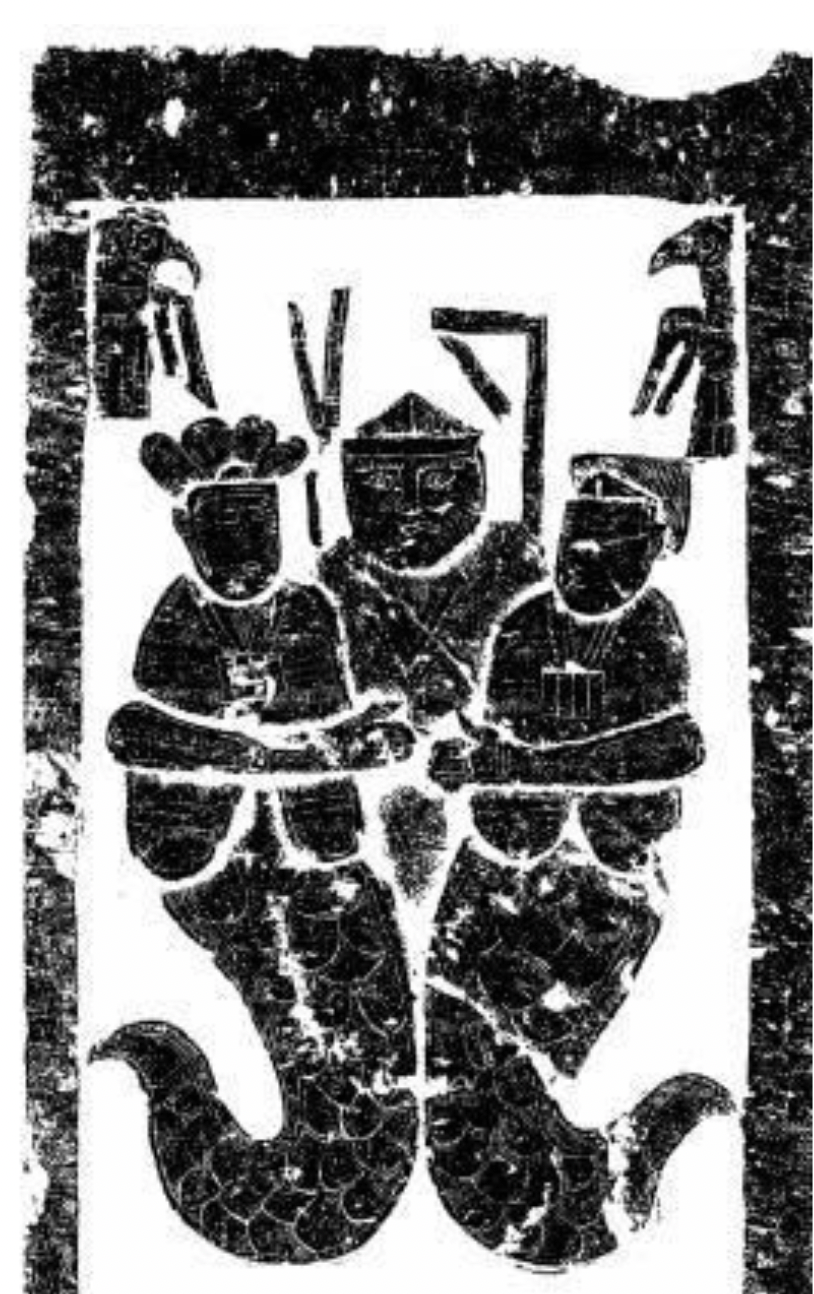

After transiting into patriarchal society, subsequent Chinese artworks/records depicted the male and female creators as having the body of a snake. Now snake has been an important and highly regarded creature in ancient societies, and was present as a totem across civilisations. A far cry from its villain identity today.
The dragon, seen as the ultimate symbol of the Chinese ruler, was based primarily on the body of a snake (with many accessorising features from other animals such as the deer’s antlers, bull’s nose, Eagle’s claws, Tiger’s palms etc.). While some ancient Chinese tribes saw themselves as descendants of a bird, others saw their ancestors as snakes, and it is for this reason, the creator of mankind were depicted as snakes.

This styling was designed in collaboration with Aaron Han (@aharw) assisted by gabby @ga.bae.be
Makeup assisted by Danny @chenlingx0 with Jamie as model
Photo by Aaron and I
Symbolism of an Emerald Dragon
Yes, I call it Emerald, although prevalent sources translated it as Azure because of the context of its name.
Languages and words take on the meaning of the context, and in this case, the Emerald Dragon represented the regeneration of life in Spring. While the word Qing 青 could refer to blue and green (as in the case of the same character ‘aoi’ 青い in Japanese) in Chinese culture and at times even Black, it would make sense that the Qing Long would be green like the colours of Spring leaves. The ancient people saw colours quite differently from us today, which probably explains why humanity didn’t have separate words for green and blue way back.
The emerald dragon’s boots is a reference to its green/blue scales of the snake. A Tang period hairstyle to exaggerate the shape of the head to look like a dragon. An a vintage Gucci green jacket to signify the luxury and royalty of the dragon as an auspicious animal.
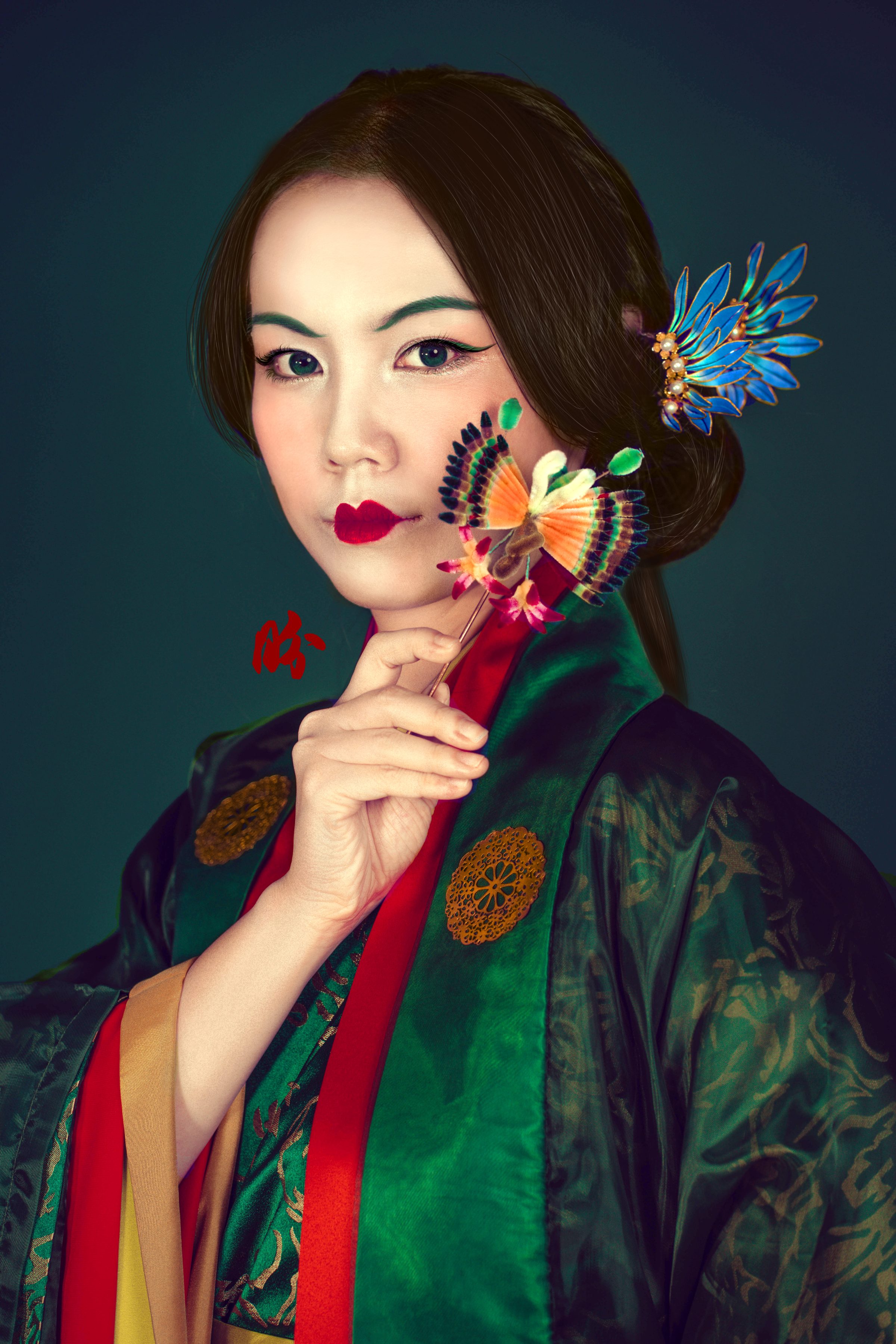
Japan and China
The East, where the Sun rises, is also associated with the Emerald Dragon. And of course, the land of the rising sun in our modern memory, also refers to Japan. So I’m going to share w a few funny stories about Sino-Japanese historical relations, and muse over how the Chinese inverse-appropriates the Japanese culture these days.
One of the most hilarious accounts I’ve read about Japan and China relations was one that happened in 607CE. The Japanese diplomat of Asuka period Japan Ono no Imoko presented a letter from the Japanese female emperor (Yes, it was a female emperor!) to the Sui dynasty emperor with the following line:
日出处天子,致书日没处天子,无恙
Greetings, from Son of Heaven where the Sun rose, to Son of Heaven where the Sun set.

Now, I don’t know how you understand it, but I thought that is HILARIOUSLY APPALLING! Because as romantic as it sounds with the mention of sun set and sun rise, of heaven and all, I can totally imagine how offended the Sui dynasty emperor must’ve felt upon hearing it. The general consensus today was not that he was offended by the “sun set” part, but by the fact that Japan saw itself as an equal with China (Chinese emperor had always thought of themselves as the superior one to its neighbouring countries). And true enough, he told his liaison officer that he did not wish to hear from the “Barbarians” if they continued sending such rude letters.
I have styled the Dragon Lady in a Japanese-Chinese fashion also because Chinese pop culture depiction of ancient Chinese women over 1,000 years ago have always been extremely influenced by the Japanese aesthetics. And the Chinese liked to claim that it was because the Japanese were influenced by Chinese aesthetics at that point in time. I find this inverse-appropriation by the Chinese extremely interesting because instead of looking at their own artefacts to uncover the original Chinese look of the period, they decided to turn to the Japanese’s interpretation and evolved adaptation of the Chinese culture.
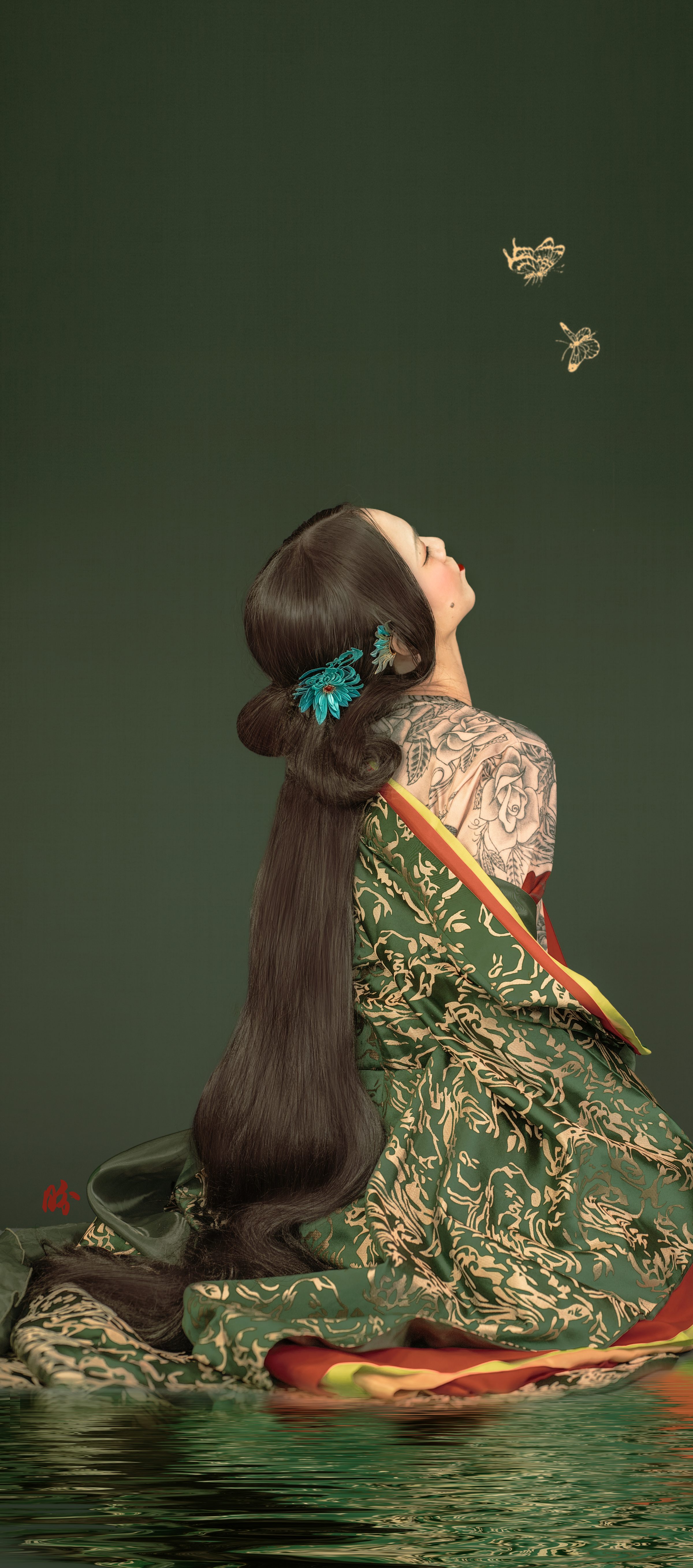
The long flowing hair was indeed valued by the ancient Chinese, but in nowhere could we find women draping it down like the Japanese during the Heian period although women did drape a little of their hair down with a knot at the neck area.
Have a look at the Han Chinese style vs the Heian Japanese styling of hair:
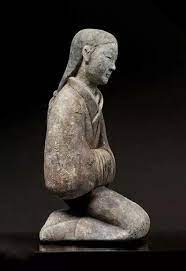
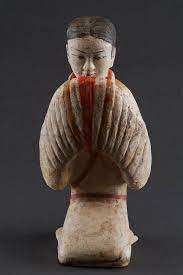
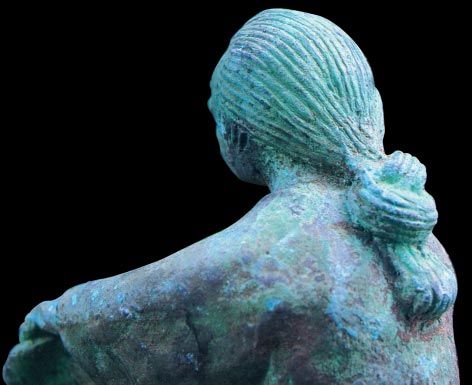
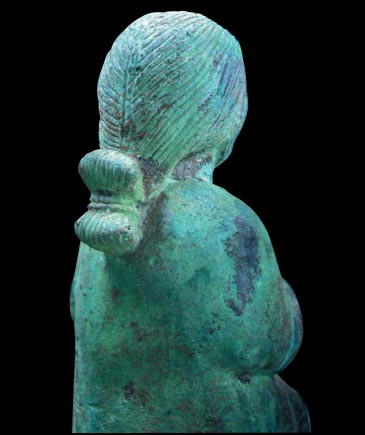
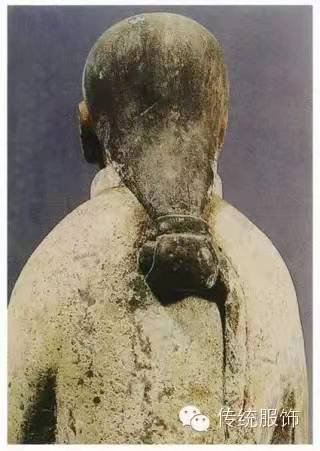
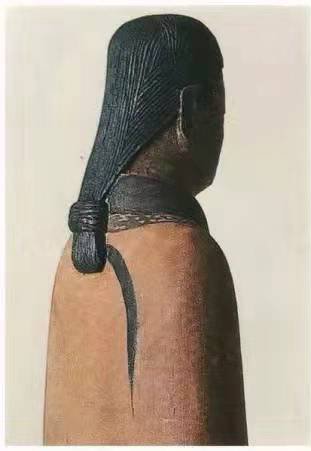
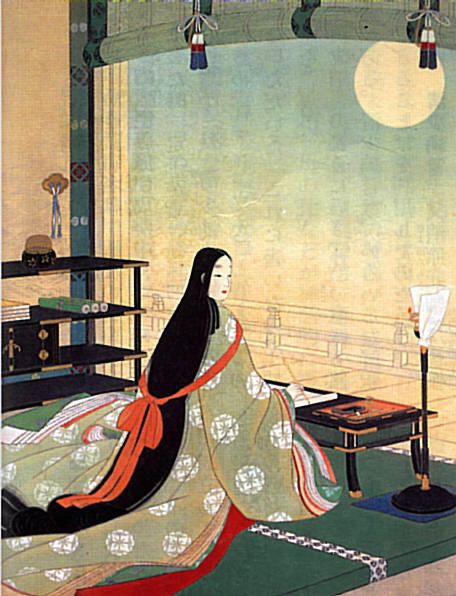
Even though the TV produces and stylists of China refuse to acknowledge it, they have been extremely influenced by the HK period drama creators of the 80s and 90s, who were in turn influenced by the Japanese aesthetics greatly. And fast forward a few decades, the Chinese period drama stylists and consumers have naturalised this Japanese aesthetics, blending what seems Chinese but essentially very Japanese aesthetics into their mix, creating a new fusion aesthetics today.
This topic is fascinating and a fun exploration to go into for a future post.
Yes, I should probably also talk about the recent/age-old debate about Korean vs Chinese dressing in modern Chinese period shows too, some day.


Leave a Reply